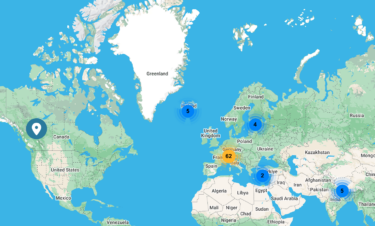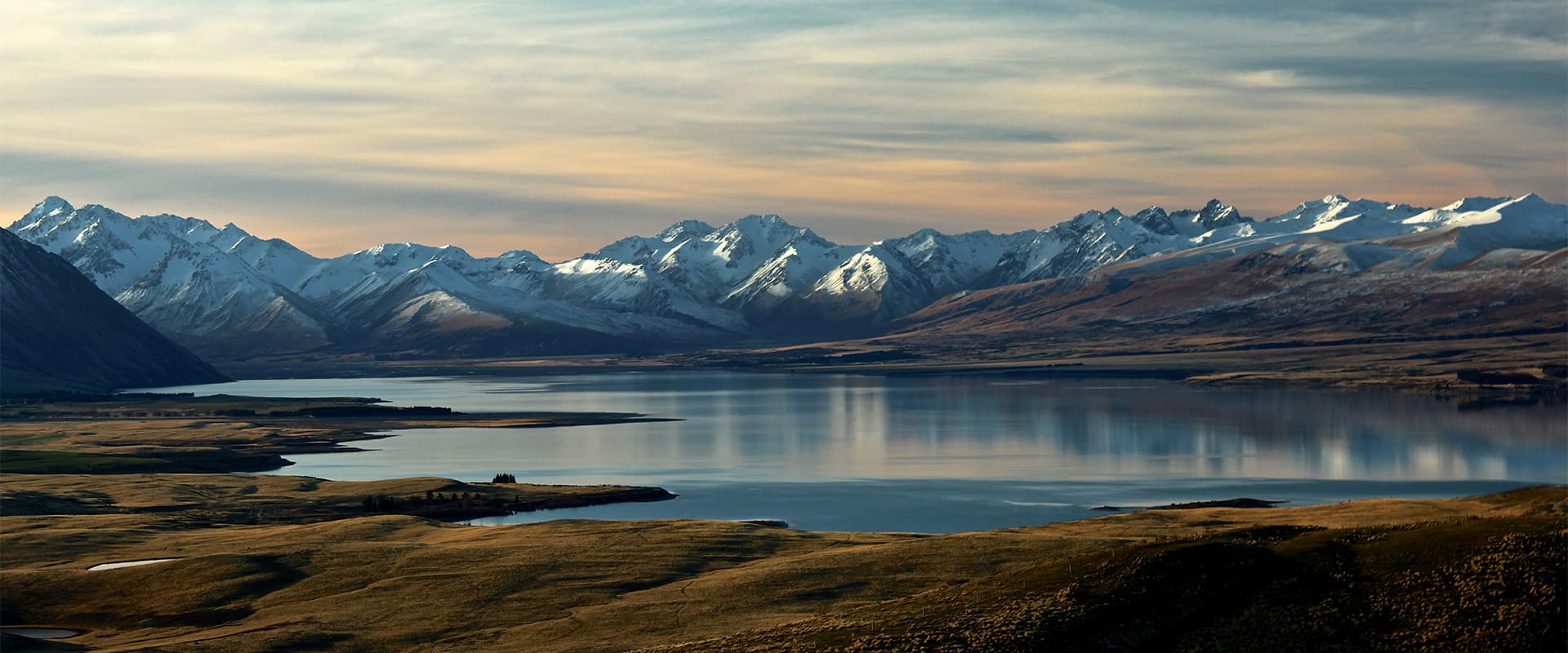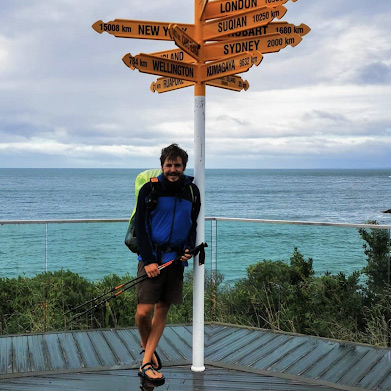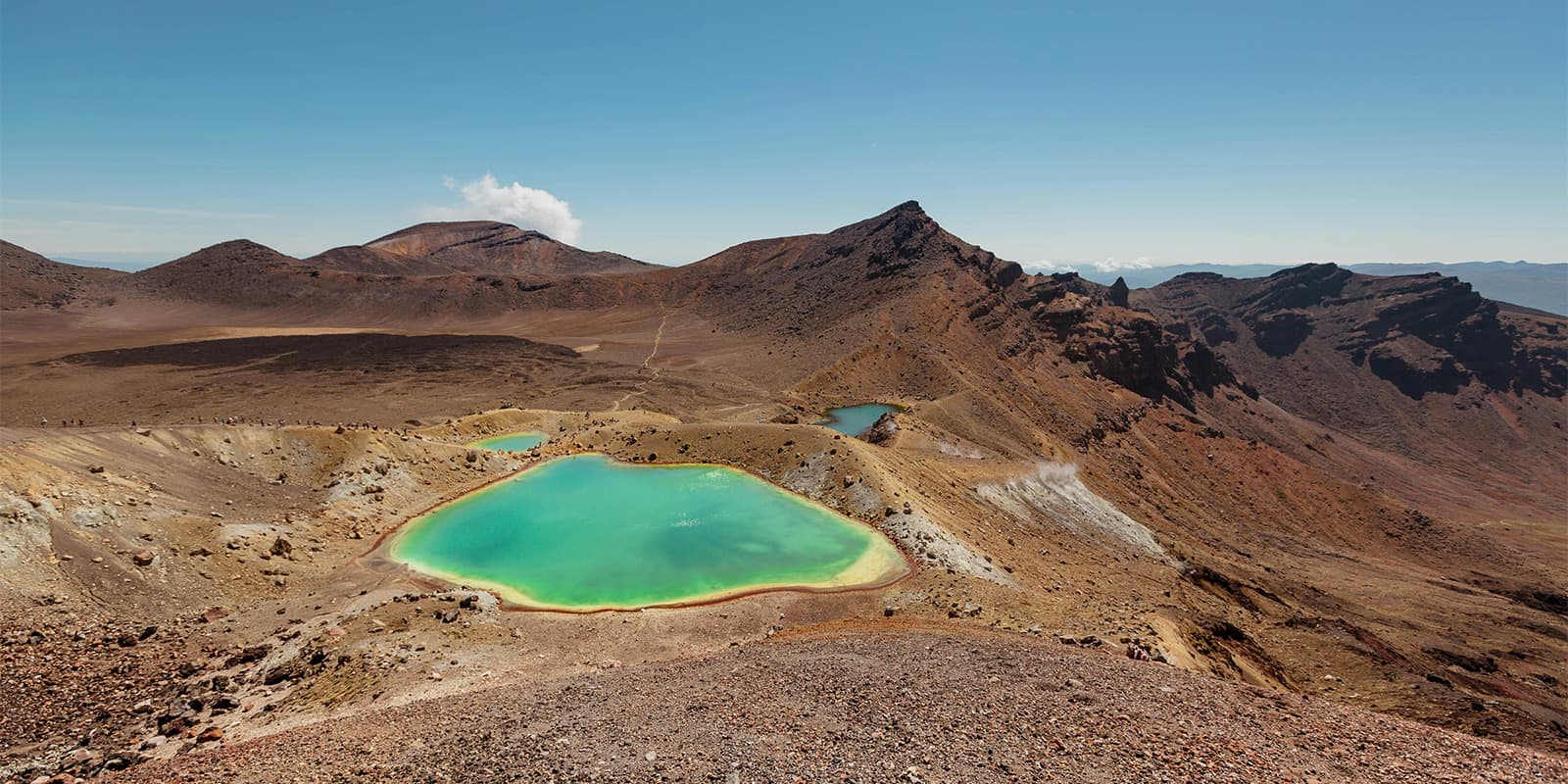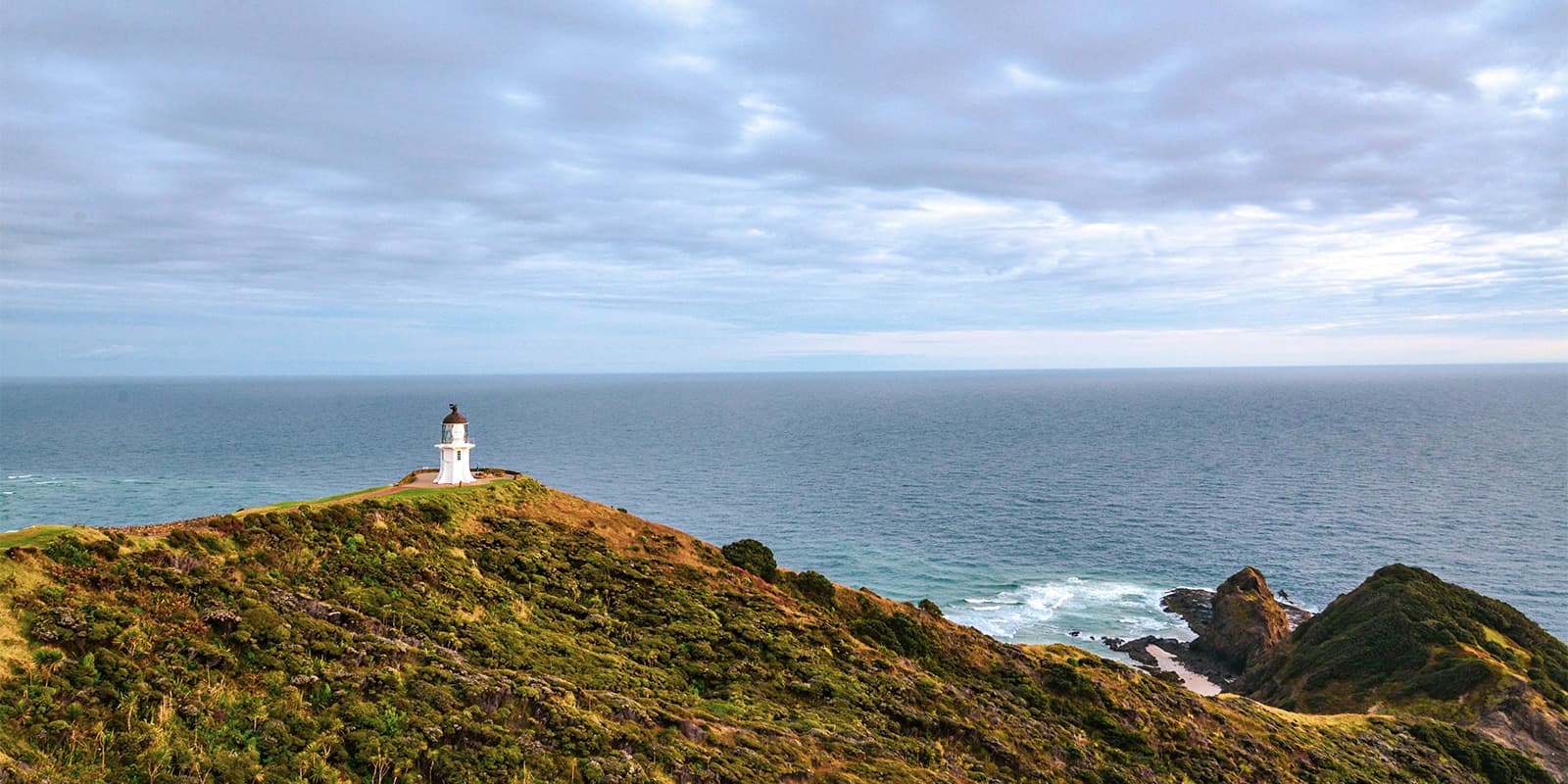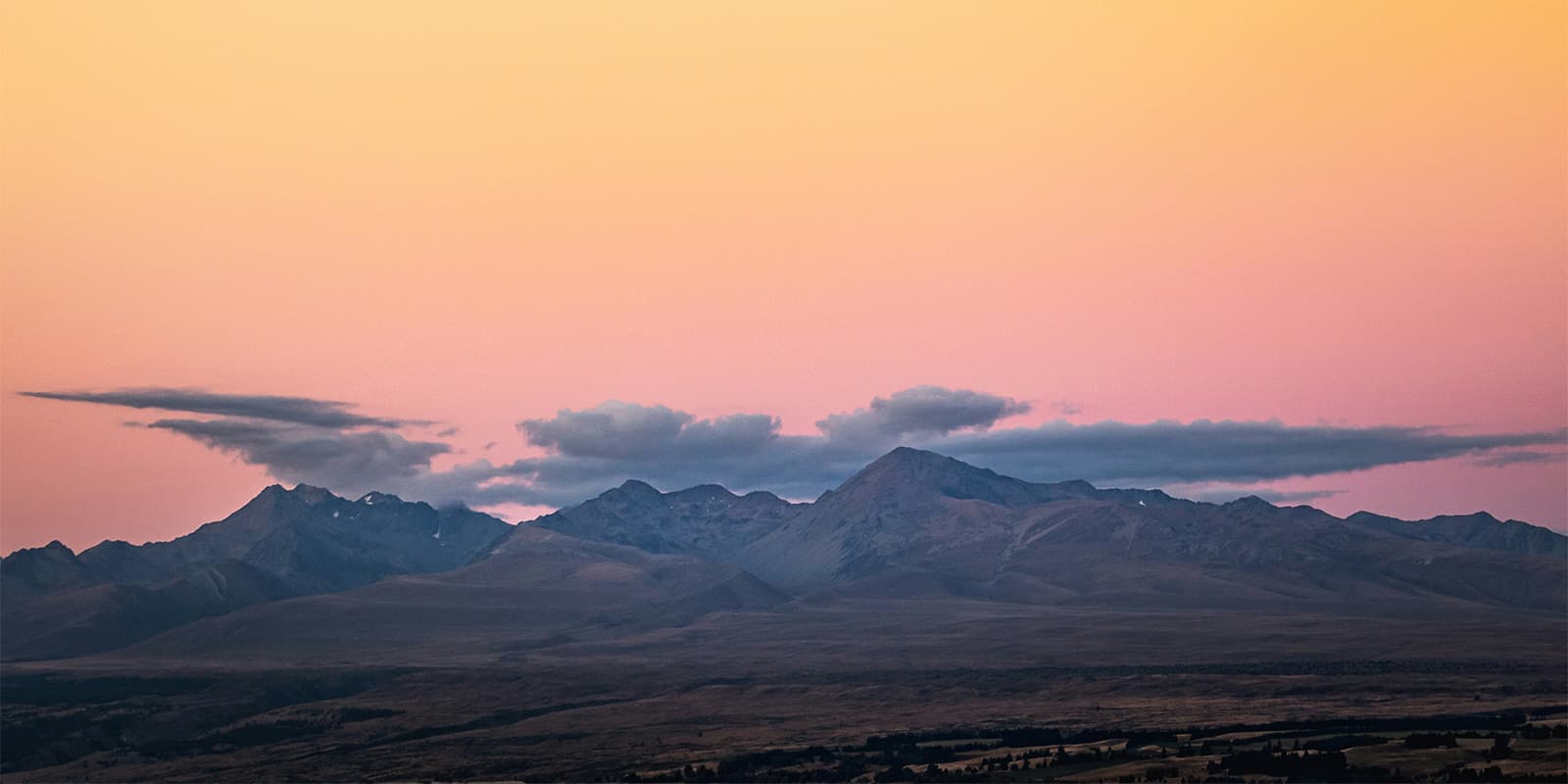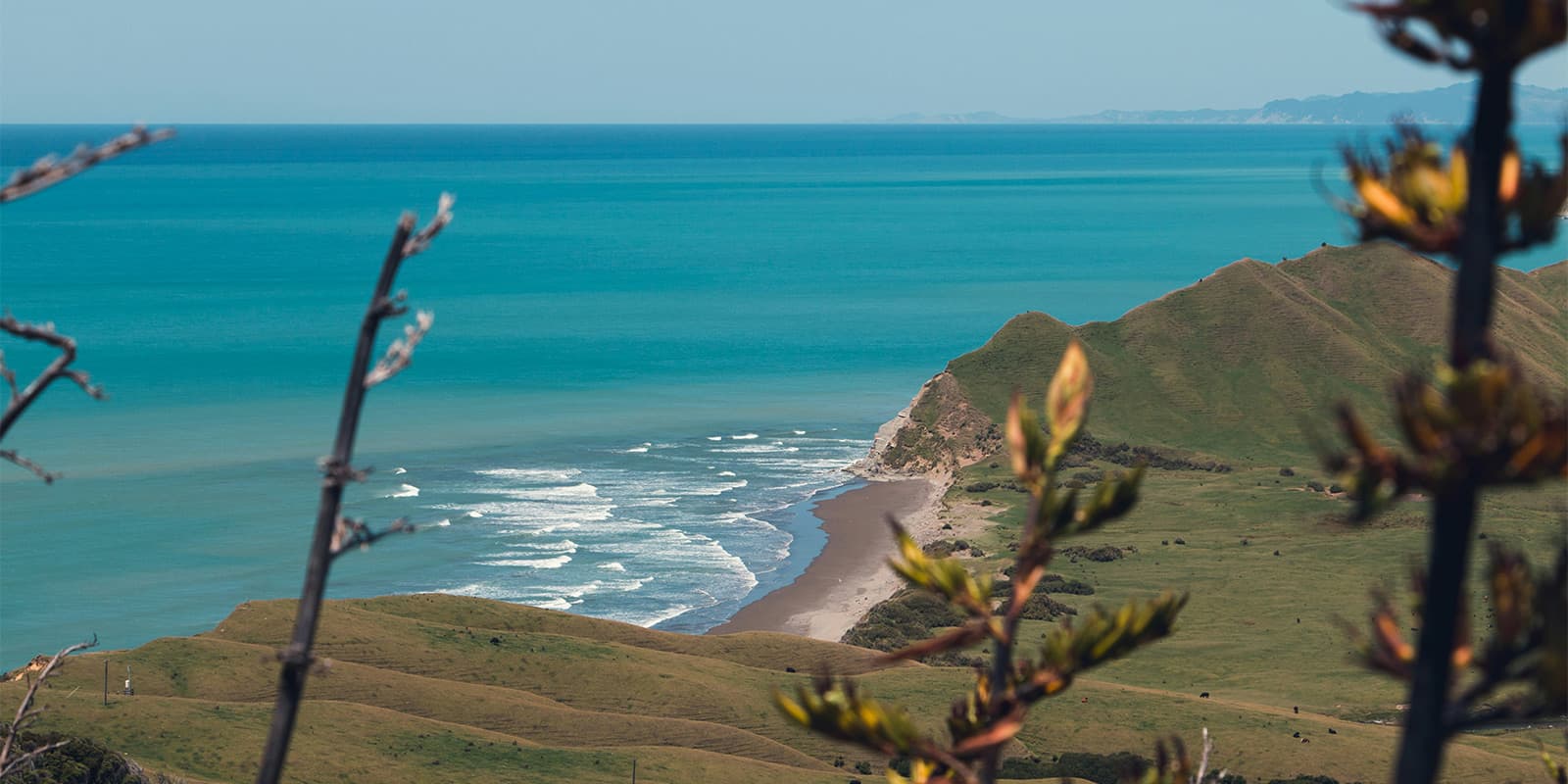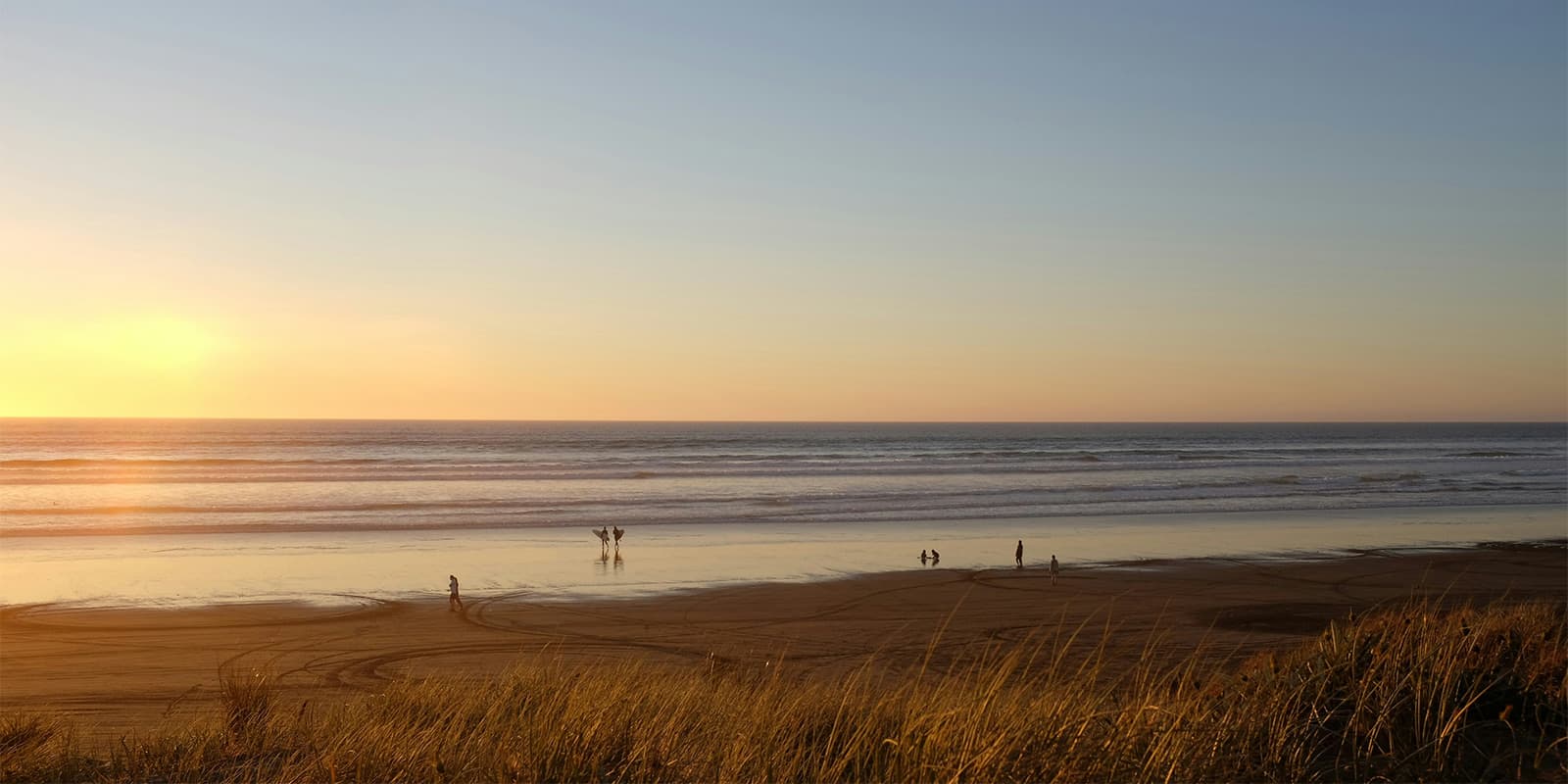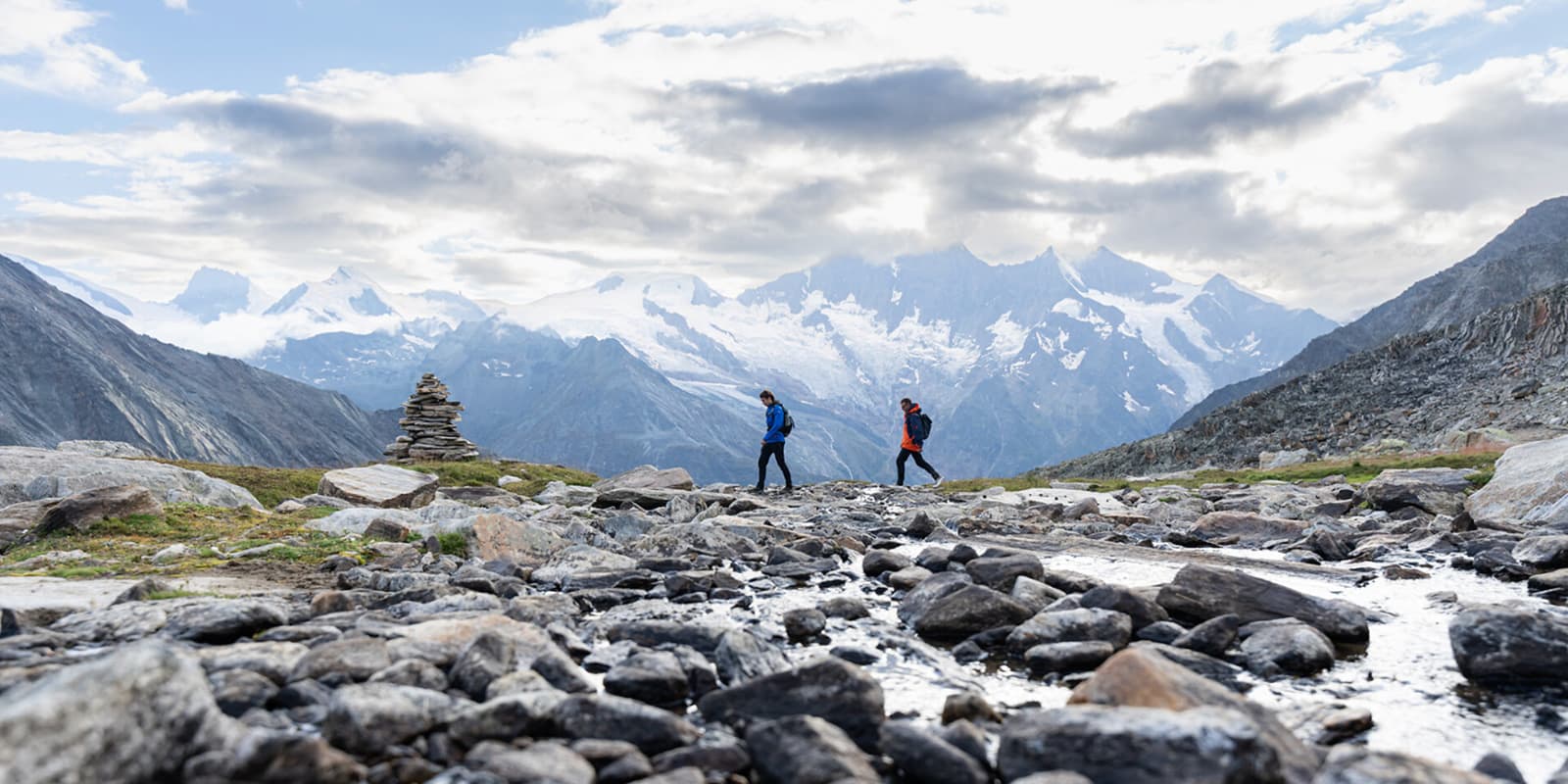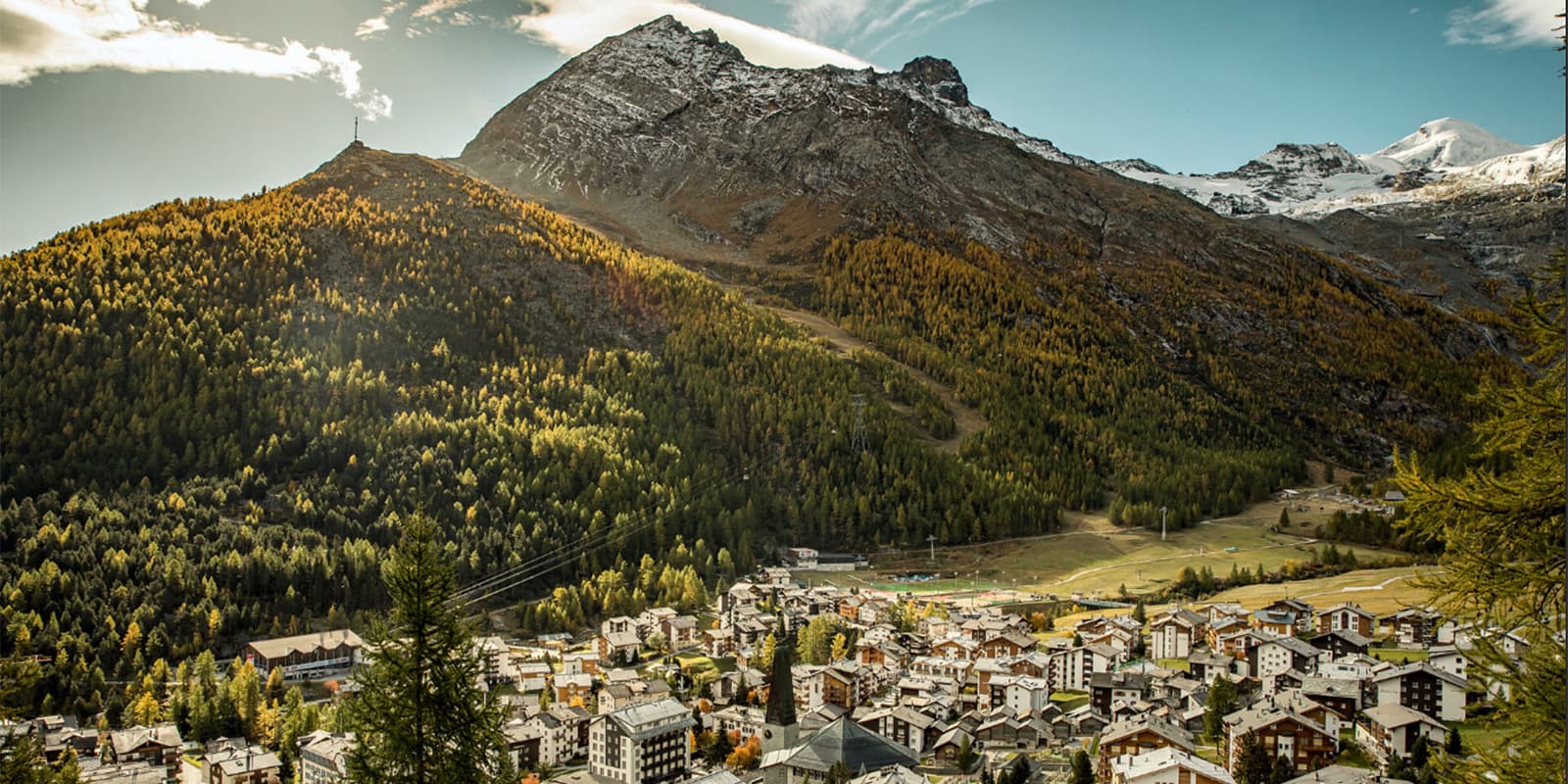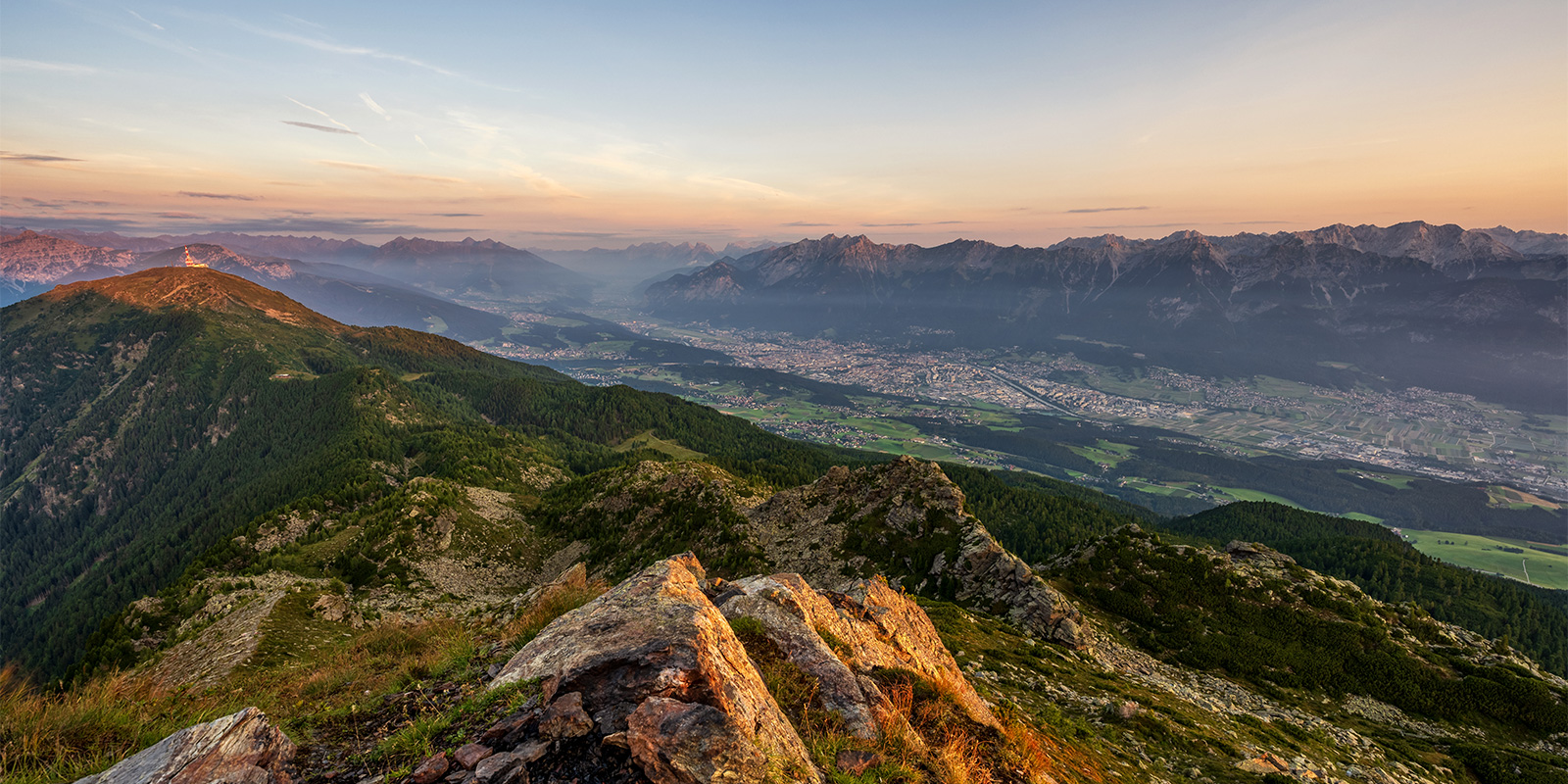The Te Araroa is New Zealand’s longest-distance hike across the North and South islands. If you attempt it in one go, you’ll thru-hike 3039 kilometers (1888 mi.) of the most stunning nature the country has to offer. The trail was opened in 2011 and goes all the way through beautiful Aotearoa New Zealand. Approximately 2000 hikers complete the trail each year, with countless more enjoying section hikes of the route.
You’ll climb mountain passes, skirt around volcanos, enjoy walking on the beach, stomp through wetlands, and so much more. The Te Araroa is also starting its journey to become a regenerative trail, putting the safety and protection of the environment first while providing a fun experience for the people to hike it.


